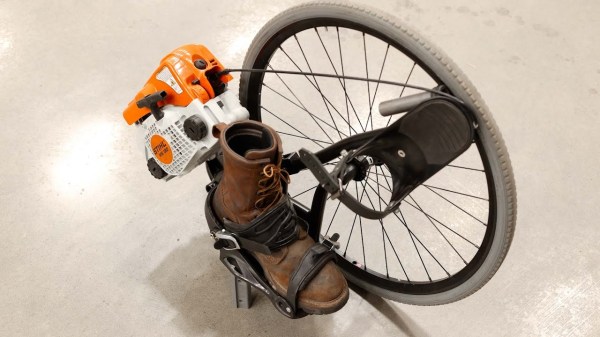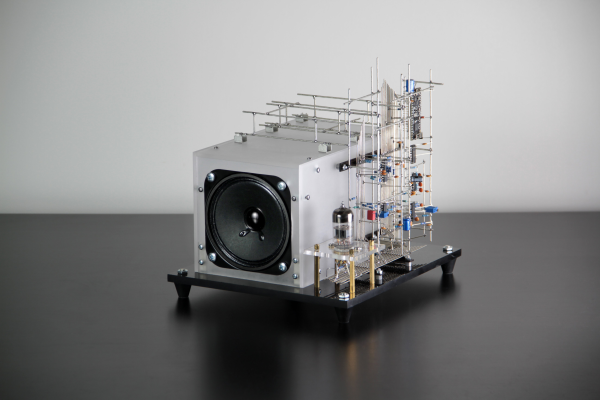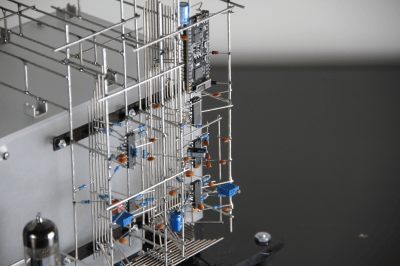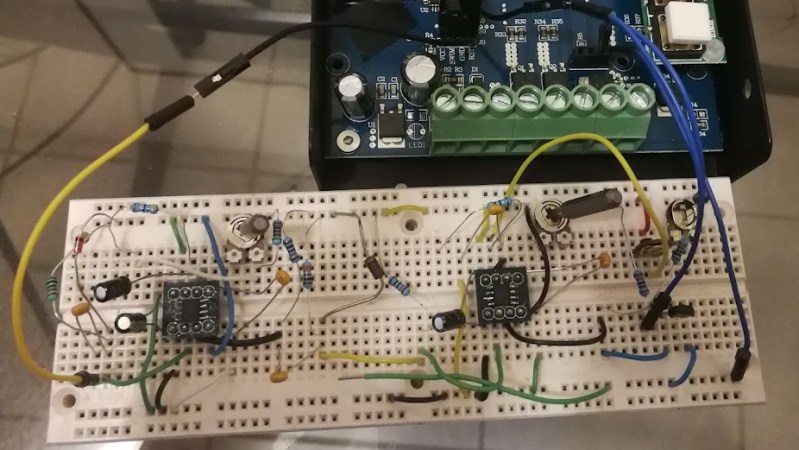Last year we wrote about [Alex Spataru]’s Serial Studio project, which started life as serial port data visualizer, like a souped-up version of the Arduino serial plotter. [Alex] has been actively improving the project ever since, adding a variety of new features, including
- JSON editor for data formats
- TCP, UDP, and Multicast
- New and more flexible display widgets
- Multi-signal plots
- FFT and logarithmic plots
- VT-100 emulation
- Support for plugins and themes
- Added MQTT support
[Alex] originally came up with Serial Studio because he was involved in ground station software for various CanSat projects, each one with similar yet slightly different data formats and display requirements. Rather than make several different programs, he decided to make Serial Studio which could be configured using JSON descriptor files.
The program is open-source and multi-platform. You can build it yourself or download pre-compiled binaries for Windows, Linux, and Mac. See the project GitHub repository for more details. In addition to English, it has also been translated into Spanish, Chinese, and German. What is your go-to tool for visualizing serial data telemetry these days? Let us know in the comments below.





















